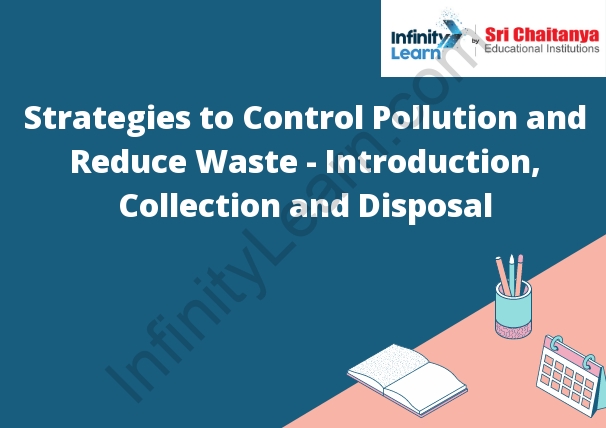Table of Contents
Introduction ; Waste Management
Waste management is the process of collecting, transporting, processing, and disposing of solid wastes. It is a vital public service that protects both the environment and human health. Improper waste management can cause serious environmental and public health problems.
Collection
The first step in waste management is collection. Collection involves picking up solid wastes from homes, businesses, and other sources and transporting them to a central location. Collection systems vary depending on the type of waste and the location.
Most waste is collected by trucks that have special compartments for holding the waste. The trucks may have a compactor to reduce the amount of space the waste takes up. Some waste, such as hazardous waste, is collected by special vehicles.
Transportation
After the waste is collected, it is transported to a processing or disposal site. The waste is transported in special containers or trucks that are designed to prevent leaks and spills.
Processing
Processing involves sorting and cleaning the waste. The waste is sorted into different categories, such as recyclable materials, compostable materials, and non-recyclable materials. The recyclable materials are then processed and sold to manufacturers.
Disposal
The final step in waste management is disposal. Disposal involves depositing the waste in a landfill or incinerating it. Incineration is a process that burns the waste and converts it into energy.

Collection of Wastes
The waste management process begins with the collection of wastes from various sources. The wastes are then transported to a waste processing facility where they are sorted and processed. The processed wastes are then either recycled or disposed of in a landfill.
Disposal of Wastes
The disposal of wastes is an important part of preventing pollution. There are a variety of ways to dispose of wastes, and the best way to dispose of a particular type of waste depends on the type of waste and the conditions of the disposal site.
Most industrial and commercial wastes are disposed of in landfills. A landfill is a large hole in the ground that is filled with waste. The waste is covered with a layer of soil each day to prevent the waste from blowing away or leaching out into the environment. Landfills are regulated by the government to ensure that the waste is disposed of in a safe and environmentally-friendly way.
Some types of waste, such as hazardous waste, cannot be disposed of in landfills. These wastes must be disposed of in special facilities that are designed to protect the environment. Hazardous waste is often incinerated, which destroys the waste and releases pollutants into the air. Alternatively, hazardous waste can be buried in pits that are lined with a special material to prevent the waste from leaking out.
Strategies to Reduce Waste
There are a variety of strategies that can be used to reduce waste. Some of the most common strategies include reducing, reusing, and recycling.
Reducing waste can be done in a variety of ways, including reducing the amount of packaging that is used, choosing products that are made with less packaging, and choosing products that can be recycled or composted.
Reusing waste can be done in a variety of ways, including using reusable grocery bags, using reusable water bottles, and using reusable coffee mugs.
Recycling can be done in a variety of ways, including recycling paper, recycling plastic, recycling glass, and recycling metal.
Strategies to Reduce Air Pollution
There are a variety of strategies that can be used to reduce air pollution. Some of these strategies include:
1. Improving energy efficiency
2. Switching to cleaner energy sources such as renewables or nuclear
3. Promoting transportation alternatives such as public transportation, biking, and walking
4. Improving air quality monitoring and enforcement
5. Reducing emissions from factories and other industrial sources
6. Encouraging the use of low-emitting vehicles
7. Promoting waste reduction and recycling
Strategies to Reduce Environmental Pollution
There are many ways to reduce environmental pollution. Some of these methods are listed below.
1. Drive less or use public transportation: Driving produces emissions that pollute the air.
2. Plant trees: Trees absorb carbon dioxide and release oxygen. They also help to reduce soil erosion.
3. Recycle: Recycling helps to reduce the amount of waste that is sent to landfills. It also saves energy and resources.
4. Use less water: Conserving water helps to reduce the amount of water that is polluted.
5. Educate others about environmental pollution: Educating others about the dangers of environmental pollution helps to raise awareness and encourage people to take action.








